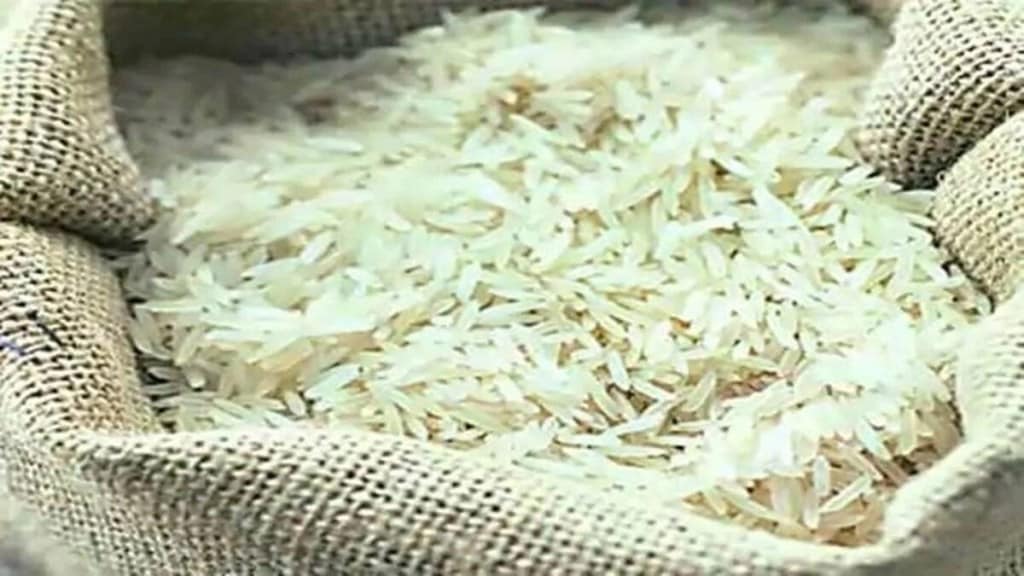India’s rice production in the current kharif season for the 2022-23 crop year (July-June) is expected to decline by around 6% to 104.99 million tonne (mt) against 111.76 mt in 2021-22, according to the first advance estimate of foodgrain production released by agriculture ministry on Wednesday.
Last week, the food ministry stated that rice production could decline by 6-10 mt in the 2022-23 crop year because of more than 4.5% decline in paddy sowing at 39.9 million hectare (mh) in the kharif season so far against the previous year.
However, according to an official statement, estimated kharif rice production for 2022-23 year is 4.4 mt more than the average of output between 2016-17 to 2020-21 to 100.59 mt.
Also Read: India’s rice production may fall 6 pc to 104.99 million tonnes in kharif season of 2022-23
Rice production would be impacted because of deficiency in monsoon rainfall in the key grain growing states of Uttar Pradesh, Bihar, Jharkhand and West Bengal. Area under paddy in West Bengal, the largest rice-producing state, was down by 8.6%.
Kharif season contributes more than 85% of the total rice production in the country. In the 2021-22 crop year, the country produced a record 130.29 mt of rice.
Overall production of kharif food grain production — rice, pulses and coarse cereals in the 2022-23 crop year is estimated to decline by more than 6% to 149.92 mt against 156.04 mt in previous year crop year.
Kharif foodgrains production has around 50% share in the total annual production.
The production of kharif pulses such as tur and moong has been estimated at 8.37 mt in 2022-23 which is at the same level compared to previous year’s production. In case of production of nutri-cereals such as ragi and small millets, the production is estimated to be marginally higher at 13.46 mt in 2022-23 compared to previous year.
According to the first advance estimate, sugarcane production would rise by close to 8% in the 2022-23 crop year to 46.5 mt compared to 43.1 mt in the previous year. Cotton production is estimated to be higher by more than 9.5% to 34.19 million bale (170/kg each). However, kharif oilseeds production such as soyabean and groundnut is expected to decline marginally to 23.57 mt compared to previous year.
Agriculture ministry annually releases four advance estimates of production of foodgrains, oilseeds and other crops which includes both kharif and rabi season. According to agriculture ministry officials, the first advance estimate is based on preliminary assessment of crop yields prior to the beginning of harvesting season.
Overall kharif crops — paddy, pulses, oilseeds, cotton, nutri-cereals, etc have been sown in 109.2 mh, which is a marginal decline of 0.8% against 110.1 mh reported a year ago.
To ensure sufficient domestic supplies of rice, the government banned exports of broken rice and imposed a 20% exports tax on certain varieties of non-basmati rice. India exported a record 21 mt of rice in 2021-22, about 40% of the global trade in rice.
According to the food ministry, the average wholesale rice prices have increased by more than 8% to Rs 33.25 a kg at present from a year ago period while average retails prices in the last one year have increased by more than 6% to Rs 37.5 a kg.


